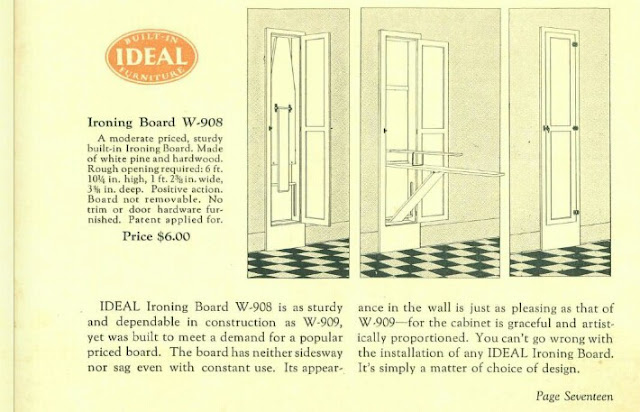Here is another bit of comparison, for those who might want it. This is the floorplan of the house as we are guessing it was originally built, based on what we have found during renovations, compared to the floorplan from the catalog.
 Differences:
Differences:
Another change made after building was an opening into the dining room from the front bedroom/study. I omitted it because I found evidence that it was altered later. We have filled it in and plan to add a built in buffet in that space.
Next update will show the current configuration of the house, contrasted with the plan. That's all for tonight.
 Differences:
Differences: - The tiny foyer was left out. Not uncommon.
- The closet's doors were reversed whenit was built, either error or by request of the original owners, and its intervening wall was also omitted (we removed the closet wall into the large bedroom to make space for modern bedroom furniture, so it's gone now).
- The location of the back door is guessed, that wall was turned into a cutout into an extension onto a porch addition sometime between 1921 and 1950.
- The dining room windows are assumed based on the catalog plan, also, because there was a poorly tacked on bay added in the 20s, at which time the entire dining room wall was removed. The bay was centered on the original window configuration, and is therefore not centered on the dining room itself. The plan's locations for these windows made the strange offset finally make some kind of sense!
- The kitchen door was set in the hallway, rather than in the dining room, probably to accommodate an existing coal cook stove (left hand side orientation of the stack, probably, and perhaps a right hand side access for the ash or coal? Wish I knew!).
- I have not yet taken down a later corner cabinet where the pantry window was supposed to be, to see if there is a repair to the plaster there. On the exterior, this area is partially covered by the added on bay, so no evidence shows there.
Another change made after building was an opening into the dining room from the front bedroom/study. I omitted it because I found evidence that it was altered later. We have filled it in and plan to add a built in buffet in that space.
Next update will show the current configuration of the house, contrasted with the plan. That's all for tonight.










